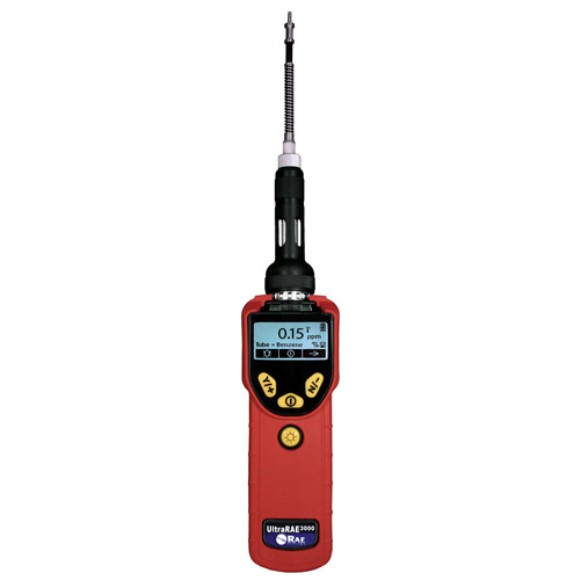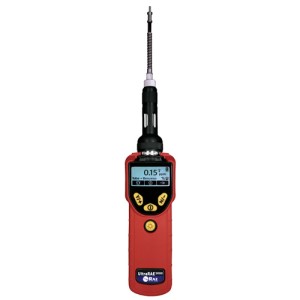RAE UltraRAE 3000, Benzene, Deluxe Kit, Datalogging, with Bluetooth Download
RAE UltraRAE 3000, Benzene, Deluxe Kit, Datalogging, with Bluetooth Download Overview
UltraRAE 3000 Benzene Specific Monitor (datalogging) Deluxe Kit with 9.8 eV lamp, internal pump, Li-Ion battery, charger, rubber boot, Flexi-I Probe, 10 RAE-Sep Benzene tubes, ProRAE Studio software package, operation CD-ROM, lamp cleaning kit, tool kit, alkaline battery adapter, soft carry case, accessories kit, and benzene calibration kit
Note: WITH Wireless (Bluetooth) Data Download
Shipping charges at checkout do not include hazmat shipping surcharges for this item. Additional hazmat charges are invoiced at cost.
RAE No. 059-D311-200
UltraRAE 3000 is the most advanced compound-specific monitor with PID extended range. UltraRAE 3000 is ideal for use in entry pre-screening during refinery, plant maintenance, hazardous material response, marine spill response, and refinery downstream monitoring applications.
- Gas Detector Brand : RAE Systems
- Single or Multi Gas : Single
- IEQ : No
- Confined Space : Yes


